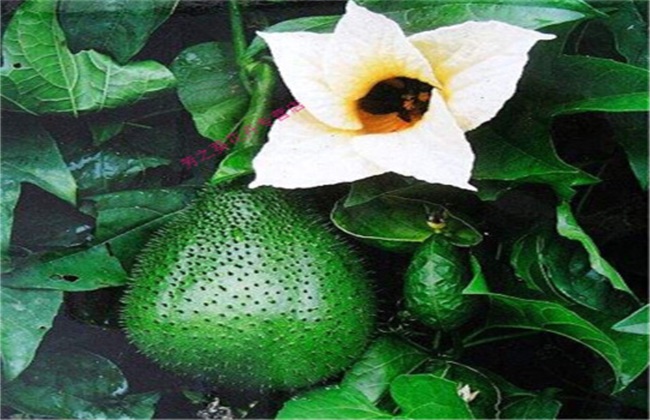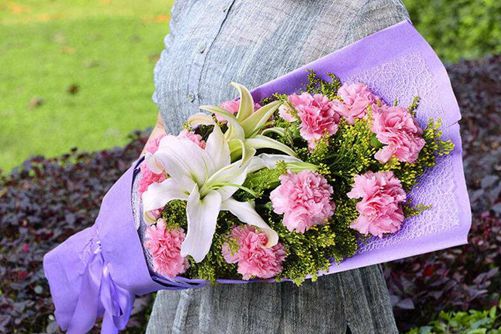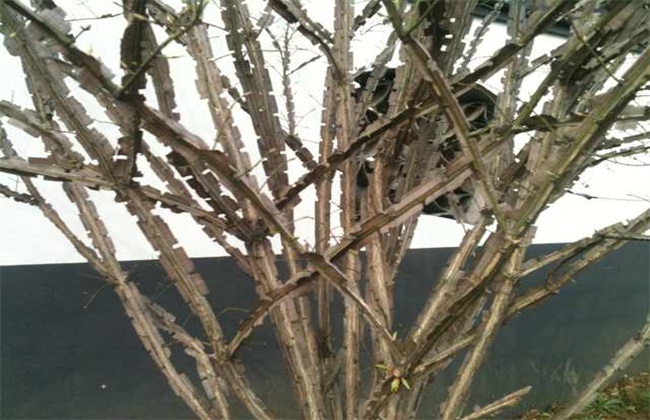How to grow Mubiezi
Mubiezi, also known as soft-shelled turtle, mouse wax gourd, etc., is a perennial herbaceous vine, its main medicinal part is its mature seeds, with the role of detumescence and detoxification. In China, it is mainly distributed in Jiangsu, Taiwan, Guangdong, Guizhou, Yunnan and other places. So do you know how Mubiezi is planted? What are the main points of planting? So today let's learn the artificial planting technology of Mubiezi.

1. Daejeon dressing and finishing
Mubiezi does not have high requirements for soil. Generally, sandy loam or clayey soil with good drainage, fertile soil and moderate viscosity can be planted. Before sowing, land preparation should be selected, first of all, 35010 kg of soil fertilizer, 100kg of phosphate fertilizer and 2000 kg of barnyard manure should be added per mu; then the soil should be prepared to mix the soil and base fertilizer evenly; then the soil should be broken up and made into a border with a width of about one meter, and ditches should be opened all around to accommodate each other; finally, the border surface will be leveled and you can wait for planting.
2. Sowing and raising seedlings
Mubiezi needs to raise seedlings before planting, usually through hotbeds or nutrition bowls, and the sowing time is from late February to early March every year. Before sowing, soak the seeds in warm water, fish them out after 24 hours, then put them in an environment with a temperature of about 28 to 32 degrees, and finally sow and raise seedlings in batches. In the process of raising seedlings, in order to maintain the humidity of the seedbed or nutrition bowl, it is best to build an arch shed, which can play the role of heat preservation and moisturization. After the seedlings of Mubiezi are unearthed, ventilation and cooling should be carried out in time, and the arch shed will be removed about a week after emergence. When the seedlings of Mubiezi grow the first true leaf, they should be fertilized properly, usually irrigated with dilute concentration of fecal and urine water.
3. Transplanting seedlings
Generally speaking, after the seedlings of Trionyx sinensis have grown three or four true leaves, we can transplant them, about between the end of March and the beginning of April. Be careful when pulling out the seedlings, do not hurt the plants, otherwise it will affect the survival rate of the seedlings, it is best to attach some base soil, so that the seedlings planted are easier to survive. When planting, it is generally planted according to row spacing of 60 cm and plant spacing of 40 cm.
4. Field management
In the growth process of Mubiezi, its water demand and fertilizer demand are relatively large, so it needs reasonable topdressing and watering, and even drainage. Especially in the flowering and fruiting stages of the growth of Mubiezi, we should pay more attention to it. Topdressing at the seedling stage is usually poured with feces and urine, or urea; then phosphorus and potassium fertilizer is applied once or twice after picking tender shoots; and once or twice after flowering; finally, in order to let Mubiezi survive the winter safely, it is also necessary to apply overwintering fertilizer, which is mainly farm manure; remember to water after each topdressing. Ploughing and weeding should be carried out about half a month after the soft-shelled turtle seed is planted; a bracket or scaffolding should be built when it grows to about 30 centimeters; and pruning and coring should be carried out when it grows to about 50 centimeters, so as to improve the fruit setting rate.
5. Disease and pest control
Mubiezi will also be harmed by diseases and insect pests in the process of growth, the most important of which are powdery mildew, Huangshou melon, melon fruit fly and so on. First of all, we should do a good job in field management, which is very effective in preventing the occurrence of diseases and insect pests. After the occurrence of diseases and insect pests, we can use Trichlorfon, Trichlorfon and Sodium Chlorfenac respectively to control them.
The artificial planting process of Mubiezi is basically like this, and I believe everyone is basically clear about it. Due to the limited time and energy, its field management technology does not give you a detailed explanation, if you need, you can follow us, or leave a message below to consult.
- Prev

How to send flowers to visit a patient? Taboos to visit patients and send flowers
Flowers not only have a beautiful appearance and charming fragrance, but also can bring people a good mood and feeling. And different flowers all have their own unique words, whether they are appreciated at home or given away. So how to send flowers when visiting patients? Let's take a look at the taboos of sending flowers to patients with the editor.
- Next

Planting techniques of Ghost Arrow feather
Planting techniques of Ghost Arrow feather
Related
- Fuxing push coffee new agricultural production and marketing class: lack of small-scale processing plants
- Jujube rice field leisure farm deep ploughing Yilan for five years to create a space for organic food and play
- Nongyu Farm-A trial of organic papaya for brave women with advanced technology
- Four points for attention in the prevention and control of diseases and insect pests of edible fungi
- How to add nutrient solution to Edible Fungi
- Is there any good way to control edible fungus mites?
- Open Inoculation Technology of Edible Fungi
- Is there any clever way to use fertilizer for edible fungus in winter?
- What agents are used to kill the pathogens of edible fungi in the mushroom shed?
- Rapid drying of Edible Fungi

